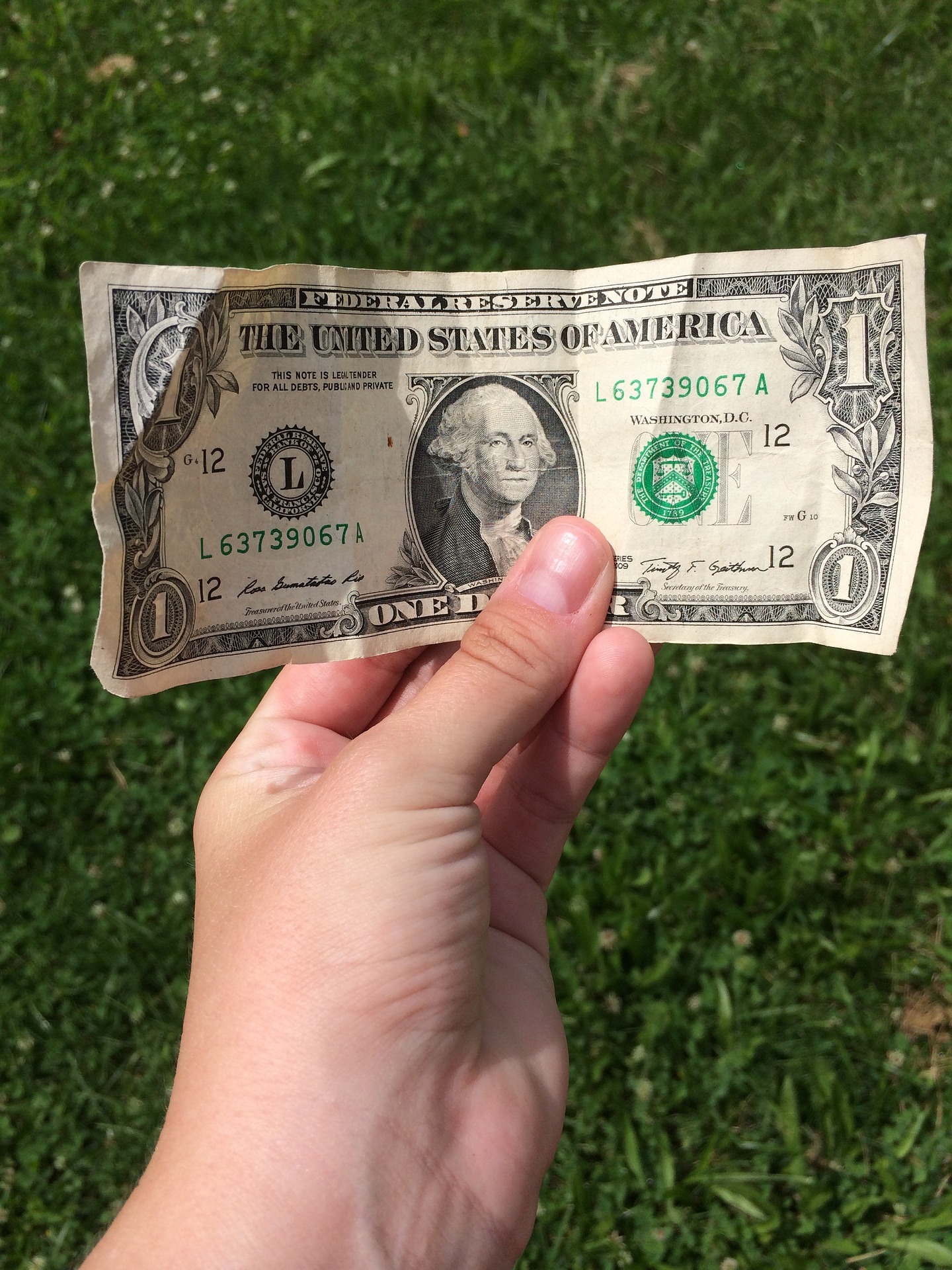Counterfeiting of money dates back to the time when the coins were first minted around several thousand years ago. During that period, the value of a coin was based on the value of metal used in making the coin. Counterfeiters started scraping off precious metal in small amounts from the genuine coins to cover a cheaper metal and create fake coins, leading to the need for criminal defense against such illegal activities. If you have been accused of producing or using counterfeit money, you may hire an accomplished criminal defense lawyer to build your defense strategy. Hiring a professional with a deep understanding and years of practice in criminal defense law is advisable to increase your chance of securing your desired outcome. If you have a loved-one currently serving a sentence in a corrections facility, you can contact expert criminal lawyers to help process and file a bail application.
With time as currency evolved, the ways to counterfeit it also became innovative. Today, counterfeit money has become an extremely serious problem all over the world. We all are used to handling cash on a daily basis but we scarcely pay attention to it. Chances are you have exchanged fake currency more than once in your life without even realizing it. Currency is counterfeited so extensively these days that it is becoming harder to differentiate fake currency from the real ones. Allow us to share some interesting facts and stats about counterfeit money along with useful tips to detect fake currency.
Counterfeiting Trends around the World
Despite governments strict security measures to fight counterfeiting it turns out that there is more than $147 million worth of fake US currency circulating globally. According to the recent stats provided by U.S. Secret Service about 60 percent of that fake currency is in America itself. The $20 bill is the most common in the states, while the $100 bill is widely circulated overseas. Do you know North Korea is held responsible for producing $45 million in ‘Supernotes’, which is a fake $100 bill of very high quality with all the security features as found in a genuine bill?
As far as other nations are concerned, 19.9 million Euros were removed from circulation from Europe in 2009 and in 2011, 300,000 counterfeit notes worth 5.9 million Euros were removed from circulation from United Kingdom.
Technology Is Making Counterfeiting Easier
Undoubtedly, technology has made our lives a lot easier, but it has equally helped criminals to carry on their illicit deeds. Now, with the easy ability of inkjet printers for cheap, more counterfeit currency is being made. In 2014, Bloomberg news reported that a Richmond, Virginia based hairstylist and janitor named Tarshema Brice produced around $20,000 worth of fake bills using Hewlett-Packer ink jet printer.
Apart from that in another case a Lawndale, California resident was responsible for putting more than $7 million counterfeit currency into circulation from 2004 to 2008. This operation was also pulled off, in part, using ink jet and laser printers.
The Biggest Counterfeiter
From time to time many counterfeiting culprits have been arrested and convicted. Jonathan Reyes was arrested at JFK airport carrying $190,000 worth of fake currency. Stephen Jory is another British counterfeiter who was charged for producing £50 million infake £20 notes. But do you know who the biggest money counterfeiter in history is? Frank Bourassa’s a Canadian orchestrated the biggest counterfeit money operation single handedly. He managed to convince a Swiss paper company to sell authentic rag papers featuring security thread and watermark; then bought printing presses and embossers to produce fake bills. After spending $300,000 he made $250 million in counterfeit money.
Detecting Counterfeit Bills
Today, counterfeit money has evolved into a huge black market, with an estimate of over $200 million circulating in the United States alone at any time. You can even get fake bills from banks and most of the banks have strict policies on refunding fake currency in order to prevent abuse of fake cash refunds. The following steps can help you detect counterfeit bills:
- Genuine currency features a lifelike portrait that stands out distinctly from the background. On the other hand, the counterfeit portrait is usually flat.
- Federal Reserve and Treasury Seals On a genuine bill are clear, distinct, and sharp. The counterfeit bills have uneven, blunt, or broken seals.
- On the counterfeit bills the lines in the outer margin and scrollwork might be somewhat blurred and indistinct, whereas genuine billshave clear and unbroken borders.
- Serial numbers on a genuine bill have a distinctive style and are evenly spaced. They are printed with the same ink color as the Treasury Seal. The serial numbers on a counterfeit bill may be different in color from the Treasury seal.
- Genuine currency paper has tiny red and blue fibers embedded throughout.









